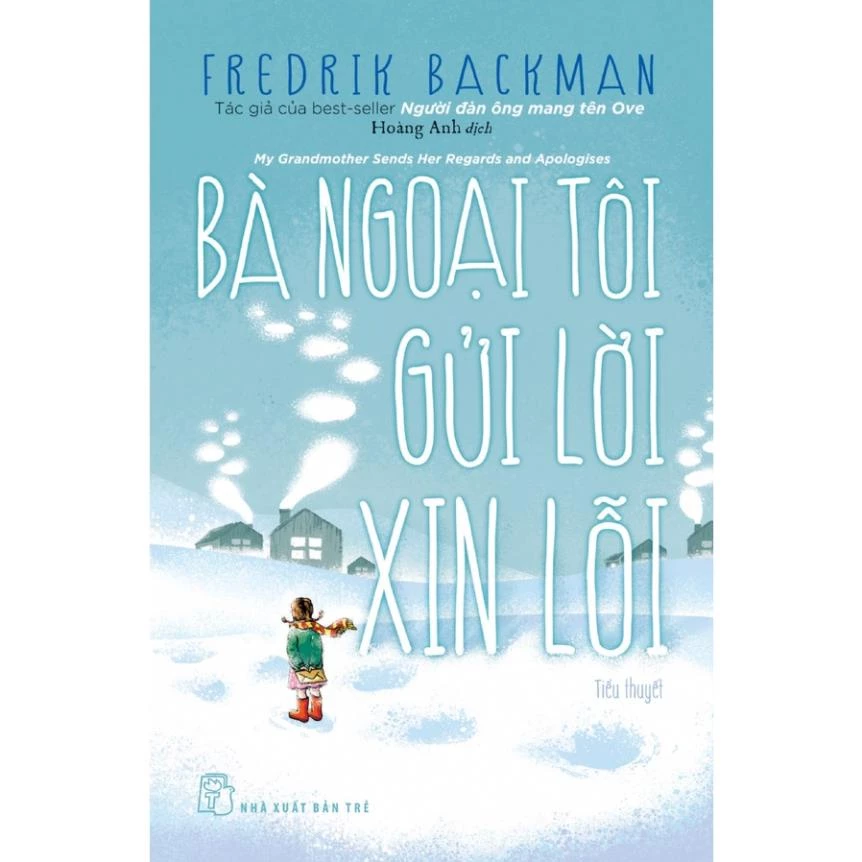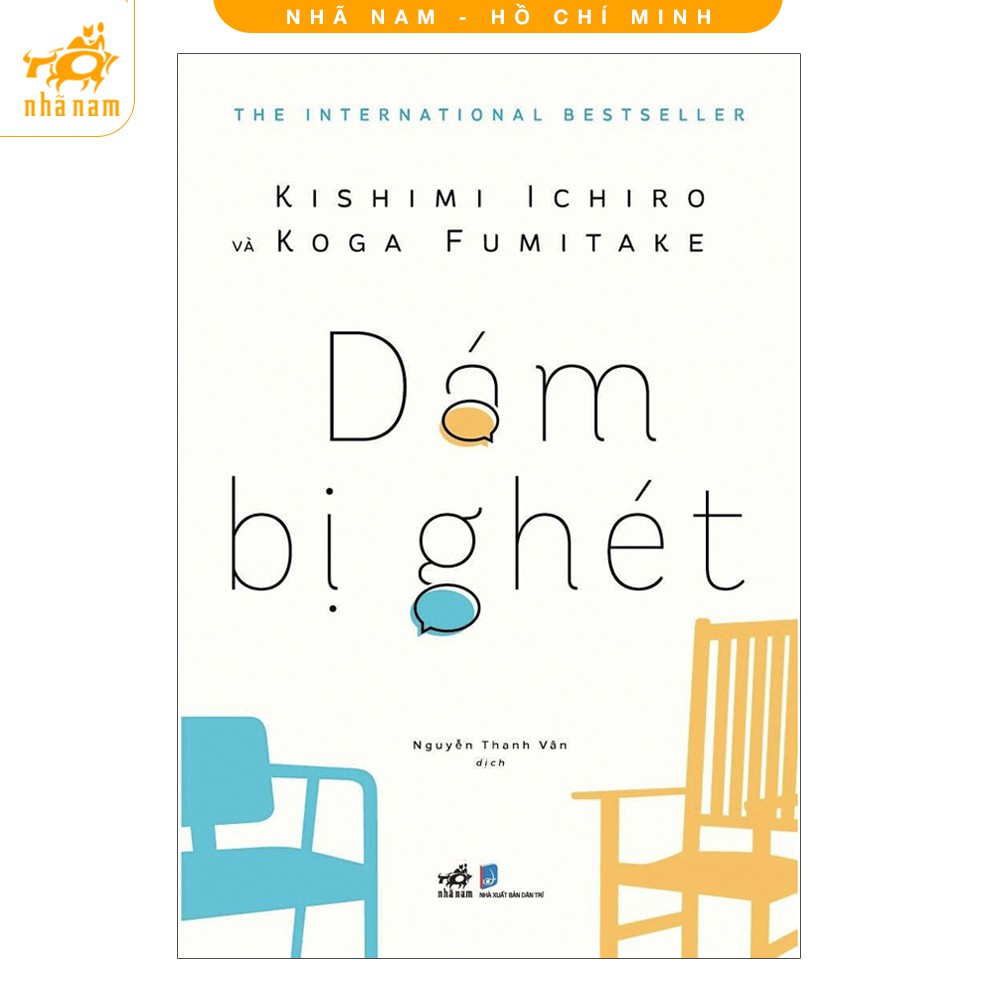Người Tajik
| Tổng dân số | |
|---|---|
| cỡ 18–27 triệu (est. khác nhau) | |
| Khu vực có số dân đáng kể | |
| 9.450.000–11.550.000 (2014) 27–33%[1] | |
| 6.787.000 (2014)[2] | |
| 1.420.000 (2012, chính thức) ước không chính thức là 8 – 11 triệu[3][4][5] | |
| 300.000–1.200.000[cần dẫn nguồn] | |
| 201.000[6] | |
| 52.000[7] | |
| 47.500[8] | |
| 39.642[9] | |
| 15.870[10] | |
| 4.255[11] | |
| Ngôn ngữ | |
| Persia (Dari, Tajiki) L2: Pashto, Nga, Uzbek | |
| Tôn giáo | |
| Chủ yếu là Islam | |
Người Tajik (tiếng Ba Tư: تاجيک: Tājīk, tiếng Tajik: Тоҷик) là một dân tộc thuộc Nhóm sắc tộc Iran có vùng cư trú truyền thống ở Trung Á, gồm Tajikistan, Afghanistan và Uzbekistan, Nga và Trung Quốc. Tajik là dân tộc lớn nhất ở Tajikistan, và lớn thứ hai ở Afghanistan, chiếm hơn một nửa dân số Tajik toàn cầu.[2][12]
Người Tajik nói tiếng Tajik, là một ngôn ngữ Ba Tư nhóm Tây Iran thuộc Ngữ chi Iran của Ngữ tộc Indo-Iran trong Ngữ hệ Ấn-Âu. Đại bộ phận người Tajik ngày nay theo Islam giáo dòng Sunni, một bộ phận nhỏ theo dòng Shia.
Tại Tajikistan kể từ cuộc điều tra dân số Liên Xô năm 1939 đã đưa các nhóm dân tộc nhỏ là người Pamiri và người Yaghnobi vào Tajik [13].
Tại Trung Quốc thuật ngữ "Người Tajik Tân Cương" dùng để chỉ các nhóm dân tộc Pamiri ở Tân Cương, những người nói tiếng Pamiri của nhóm ngôn ngữ Đông Iran [14][15].
Ở Afghanistan người Pamiri được coi là một dân tộc riêng biệt [16].
Trong tiếng Ba Tư mới thuật ngữ "Tajik", vốn ban đầu để chỉ người Ba Tư hoặc người Iran ở phía đông, đã trở thành chấp nhận trong nhiều thập kỷ qua, đặc biệt là hậu quả của cách phân loại của chính quyền Liên Xô ở miền Trung Châu Á [12][17].
Một cách gọi tên thay thế khác cho người Tajik là người "Đông Ba Tư" [17][18]. Người nói tiếng Ba Tư gọi là Fārsīwān, và người nói tiếng Tajik là Dīhgān, nghĩa từ là "nông dân" hoặc "dân làng định cư", nó trái ngược với "dân du mục". "Định cư" được sử dụng để mô tả lớp các ông trùm sở hữu đất đai là "người Ba Tư có dòng máu quý tộc", phân biệt với người Ả Rập, Thổ Nhĩ Kỳ và La Mã trong thời Sassanid và Hồi giáo sơ kỳ.[19][20]
Tham khảo
[sửa | sửa mã nguồn]- ^ Country Factfiles. — Afghanistan, page 153. // Atlas. Fourth Edition. Editors: Ben Hoare, Margaret Parrish. Publisher: Jonathan Metcalf. First published in Great Britain in 2001 by Dorling Kindersley Limited. London: Dorling Kindersley, 2010, 432 pages. ISBN 9781405350396 "Population: 28.1 million, Religions: Sunni Muslim 84%, Shi'a Muslim 15%, other 1%, Ethnic Mix: Pashtun 38%, Tajik 25%, Hazara 19%, Uzbek, Turkmen, other 18%"
- ^ a b “Tajikistan”. The World Factbook. Central Intelligence Agency. ngày 5 tháng 5 năm 2010. Bản gốc lưu trữ ngày 12 tháng 6 năm 2007. Truy cập ngày 26 tháng 5 năm 2010.
- ^ Richard Foltz (1996). “The Tajiks of Uzbekistan”. Central Asian Survey. 15 (2): 213–216. doi:10.1080/02634939608400946.
- ^ Karl Cordell, "Ethnicity and Democratisation in the New Europe", Routledge, 1998. p. 201: "Consequently, the number of citizens who regard themselves as Tajiks is difficult to determine. Tajikis within and outside of the republic, Samarkand State University (SamGU) academic and international commentators suggest that there may be between six and seven million Tajiks in Uzbekistan, constituting 30% of the republic's 22 million population, rather than the official figure of 4.7%(Foltz 1996;213; Carlisle 1995:88).
- ^ Lena Jonson (1976) "Tajikistan in the New Central Asia", I.B.Tauris, p. 108: "According to official Uzbek statistics there are slightly over 1 million Tajiks in Uzbekistan or about 3% of the population. The unofficial figure is over 6 million Tajiks. They are concentrated in the Sukhandarya, Samarqand and Bukhara regions."
- ^ Russian 2010 Census results; em thêm Các dân tộc tại Nga
- ^ This figure only includes Tajiks from Afghanistan. The population of people from Afghanistan the United States is estimated as 80.414 (2005). United States Census Bureau. “US demographic census”. Bản gốc lưu trữ ngày 12 tháng 2 năm 2020. Truy cập ngày 23 tháng 1 năm 2008. Of this number, approximately 65% are Tajiks according to a group of American researchers (Barbara Robson, Juliene Lipson, Farid Younos, Mariam Mehdi). Robson, Barbara and Lipson, Juliene (2002) "Chapter 5(B)- The People: The Tajiks and Other Dari-Speaking Groups" Lưu trữ 2010-01-27 tại Wayback Machine The Afghans – their history and culture Cultural Orientation Resource Center, Center for Applied Linguistics, Washington, D.C., OCLC 56081073.
- ^ “Ethnic composition of the population in Kyrgyzstan 1999–2007” (PDF). Bản gốc (PDF) lưu trữ ngày 13 tháng 11 năm 2013. Truy cập ngày 11 tháng 6 năm 2012.
- ^ “塔吉克族”. www.gov.cn. Truy cập ngày 6 tháng 12 năm 2016.
- ^ This figure only includes Tajiks from Afghanistan. The population of people with descent from Afghanistan in Canada is 48.090 according to Canada's 2006 Census. Tajiks make up an estimated 27% of the population of Afghanistan. The Tajik population in Canada is estimated from these two figures. Ethnic origins, 2006 counts, for Canada Lưu trữ 2009-11-01 tại Wayback Machine.
- ^ State statistics committee of Ukraine – National composition of population, 2001 census (Ukrainian)
- ^ a b C.E. Bosworth; B.G. Fragner (1999). “TĀDJĪK”. Encyclopaedia Hồi giáo . Leiden, The Netherlands: Koninklijke Brill NV.
- ^ Suny, Ronald Grigor (2006). “History and Foreign Policy: From Constructed Identities to "Ancient Hatreds" East of the Caspian”. Trong Shaffer, Brenda (biên tập). The Limits of Culture: Islam and Foreign Policy. MIT Press. tr. 100–110. ISBN 0-262-69321-6.
- ^ Arlund, Pamela S. (2006). An Acoustic, Historical, And Developmental Analysis Of Sarikol Tajik Diphthongs. PhD Dissertation. The University of Texas at Arlington. tr. 191. Bản gốc lưu trữ ngày 10 tháng 12 năm 2013.
- ^ Felmy, Sabine (1996). The voice of the nightingale: a personal account of the Wakhi culture in Hunza. Karachi: Oxford University Press. tr. 4. ISBN 0-19-577599-6.
- ^ Minahan, James B. (10 tháng 2 năm 2014). Ethnic Groups of North, East, and Central Asia: An Encyclopedia. ABC-CLIO.
- ^ a b Perry, John, "Tajik i. The Ethnonymn: Origins and Application,"Encyclopædia Iranica, Excerpt 1: "In other contexts, Sanskrit tājika (also tāyika) means 'Persian(s),' and in later Indo-Muslim usage, tājik is of course the Turco-Persian word for 'Iranian, Persian'." Excerpt 2: "An intriguing Sogdian occurrence of the adjective tājīgāne (arguably to be pronounced as tāžīgāne) in a Manichaean hymnal from Turfan, of about the year 1000, may supply the missing link between Middle Persian tāzīg 'Arab' and Turkic/New Persian tāzik, tāžik 'Persian'.". Excerpt 3: "The phonetic forms and socio-historical motivations of the words cited above as deriving or meaning "Tajik" require some discussion. First, it should be understood that the Persian words (a) tāzi 'Arabian, Arabic, Arab' and (b) tāzik, tāžik, tājik 'Persian, Iranian, Tajik,' though originating as doublets (or cognates) of the same word, are completely separate in form and meaning throughout New Persian (and Islamic Turkic and Indic) literature.", online edition, 2009, available at http://www.iranicaonline.org/articles/tajik-i-the-ethnonym-origins-and-application (accessed on ngày 20 tháng 7 năm 2009)
- ^ B. A. Litvinsky, Ahmad Hasan Dani (1998). History of Civilizations of Central Asia: Age of Achievement, A.D. 750 to the end of the 15th-century. Excerpt: "...they were the basis for the emergence and gradual consolidation of what became an Eastern Persian-Tajik ethnic identity." pp. 101. UNESCO. ISBN 9789231032110.
- ^ M. Longworth Dames; G. Morgenstierne & R. Ghirshman (1999). “AFGHĀNISTĀN”. Encyclopaedia Hồi giáo . Leiden, The Netherlands: Koninklijke Brill NV.
- ^ Aḥmad Tafażżolī,"DEHQĀN" at Encyclopaedia Iranica
Xem thêm
[sửa | sửa mã nguồn]- Dupree, Louis (1980). Afghanistan. Princeton, New Jersey: Princeton University Press.
- Jawad, Nassim (1992). Afghanistan: A Nation of Minorities. London: Minority Rights Group International. ISBN 0-946690-76-6.
- Rahmonov, Emomali (2001). The Tajiks in the Mirror of History: From the Aryans to the Samanids. Guernsey, United Kingdom: London River Editions. tr. 272. ISBN 0-9540425-0-6.
- World Almanac and Book of Facts (ấn bản thứ 2003). World Almanac Books. ISBN 0-88687-882-9.
Liên kết ngoài
[sửa | sửa mã nguồn] GIẢM
24%
GIẢM
24%
 GIẢM
10%
GIẢM
10%
 GIẢM
60%
GIẢM
60%
 GIẢM
37%
GIẢM
37%
 GIẢM
3%
GIẢM
3%
 GIẢM
25%
GIẢM
25%



